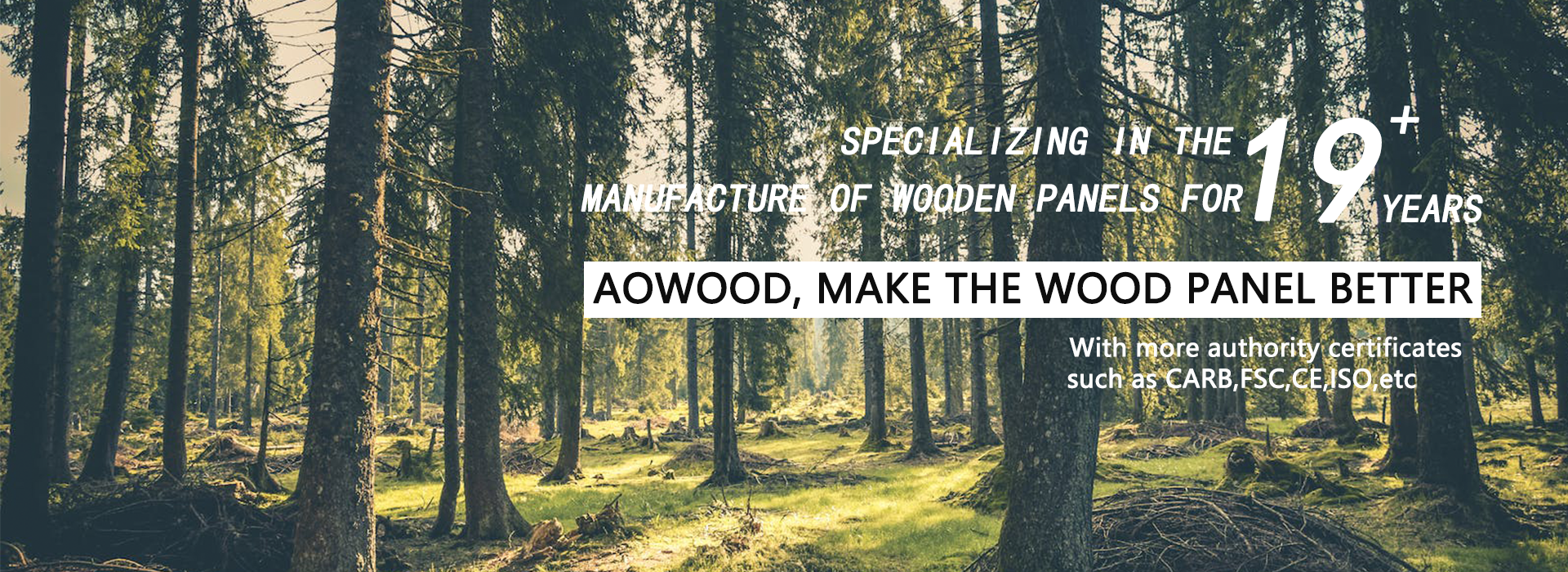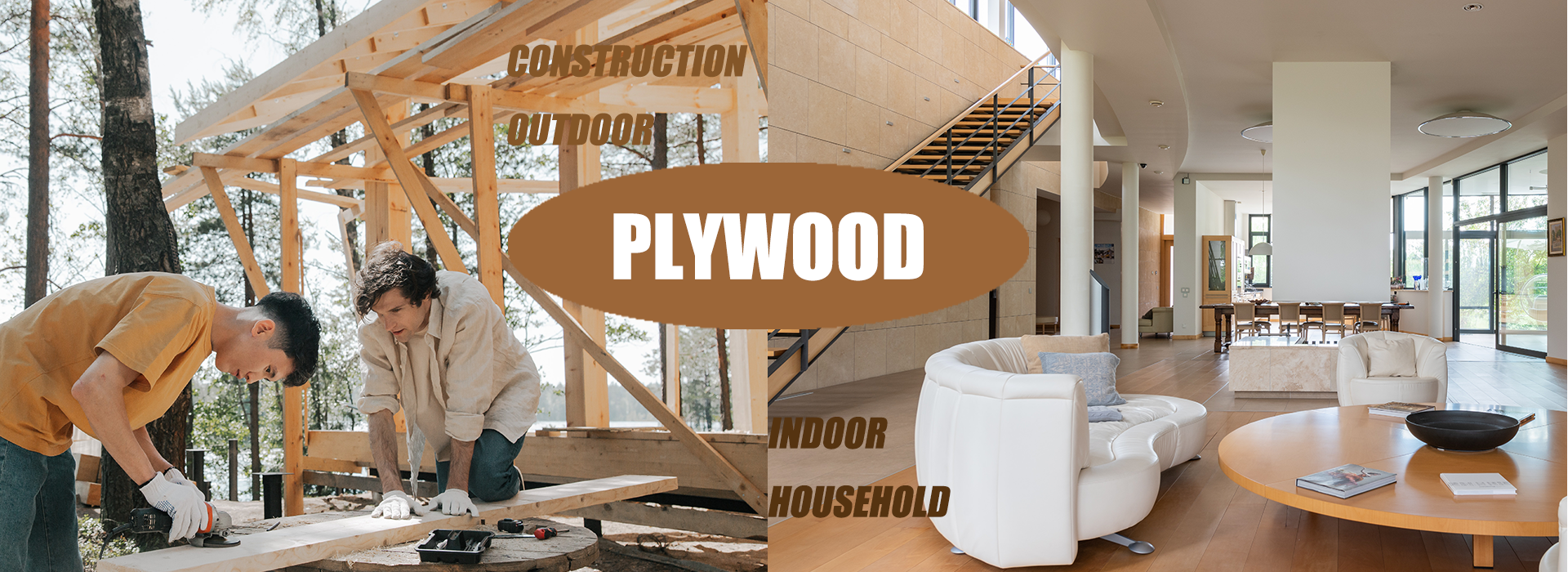Is OSB better than plywood?
Is OSB Better Than Plywood? Pros, Cons, and Key Differences
When it comes to building materials, the debate between Oriented Strand Board (OSB) and plywood is a hot topic among contractors, DIYers, and homeowners. Both materials are widely used for sheathing, subflooring, roofing, and furniture, but which one is better? This article explores the differences, pros, and cons of OSB and plywood to help you make an informed decision.
What is OSB?
Oriented Strand Board (OSB) is made from layers of wood strands bonded together with adhesives. These strands are arranged in specific orientations, giving OSB its name and structural strength. It is known for its uniformity, affordability, and wide availability.
What is Plywood?
Plywood is constructed from thin sheets of wood veneer, glued together with adjacent layers having their wood grain rotated up to 90 degrees. This cross-graining gives plywood its strength, stability, and resistance to warping.
OSB vs Plywood: Key Differences
| Feature | OSB | Plywood |
|---|---|---|
| Cost | More affordable | More expensive |
| Moisture Resistance | Absorbs water slowly, dries slowly | Resists moisture better and dries faster |
| Strength | Stronger in shear strength | Stronger in bending strength |
| Weight | Heavier | Lighter |
| Appearance | Less attractive | Smooth and more refined |
| Workability | Can dull tools faster | Easier to cut and shape |
Pros of OSB
Lower cost: Ideal for budget-conscious projects.
Consistent quality: Uniform structure with no voids.
Eco-friendly: Utilizes fast-growing trees and more wood from each log.
Cons of OSB
Moisture sensitivity: Can swell or degrade if exposed to prolonged moisture.
Heavier: May be more difficult to handle and install.
Edges may fray: Especially after water exposure.
Pros of Plywood
Better water resistance: Especially useful for roofing and exterior walls.
Durable and lightweight: Easier to transport and work with.
Visually appealing: Suitable for visible applications like furniture.
Cons of Plywood
Higher cost: Not as budget-friendly as OSB.
Inconsistent quality: Some sheets may have core voids or defects.
Which One Should You Choose?
Choose OSB if you are working on large-scale construction, interior walls, or subflooring where cost efficiency matters.
Choose plywood for roof decking, exterior sheathing, or high-moisture areas due to its better moisture resistance.
Final Verdict: Is OSB Better Than Plywood?
OSB is not necessarily better or worse than plywood—it depends on the application. OSB is a strong, budget-friendly choice for many structural applications, while plywood offers better performance in environments exposed to moisture and is easier to work with. Assess your project’s needs, location, and budget to determine the best material for you.
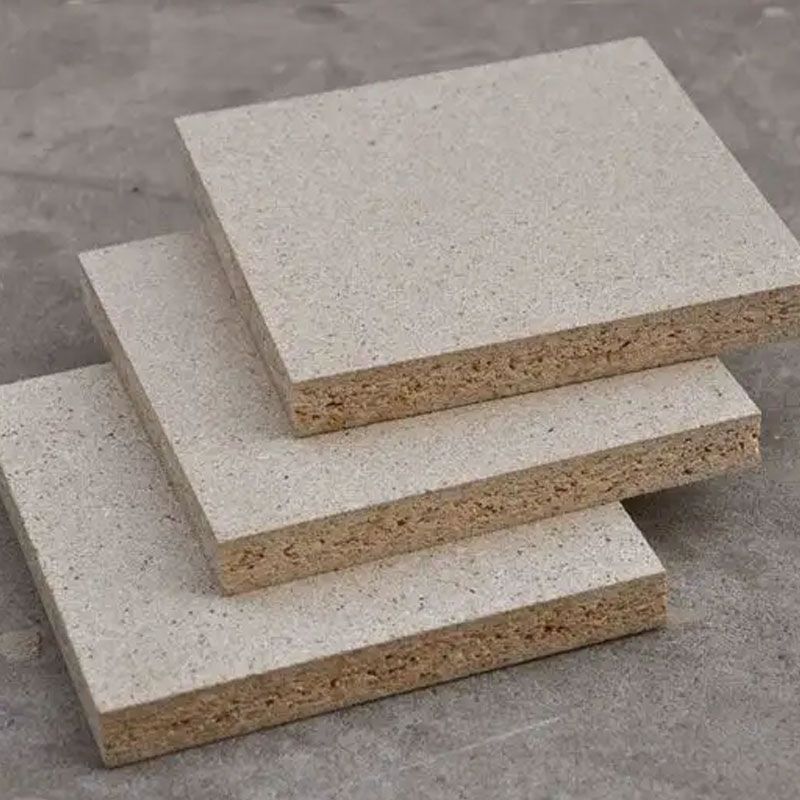 What are the disadvantages of
What are the disadvantages of
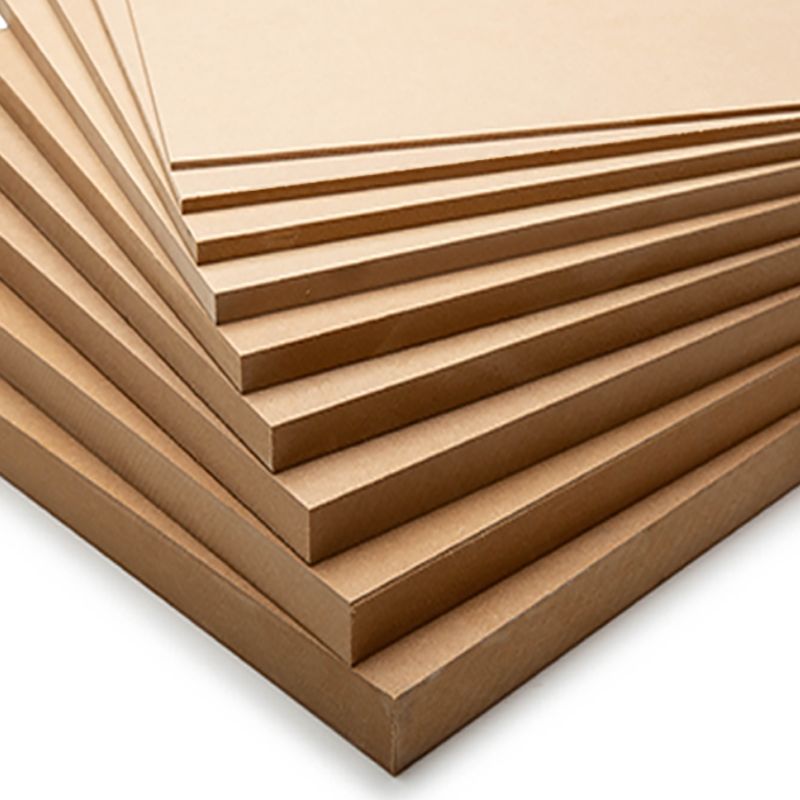 What are the disadvantages of
What are the disadvantages of
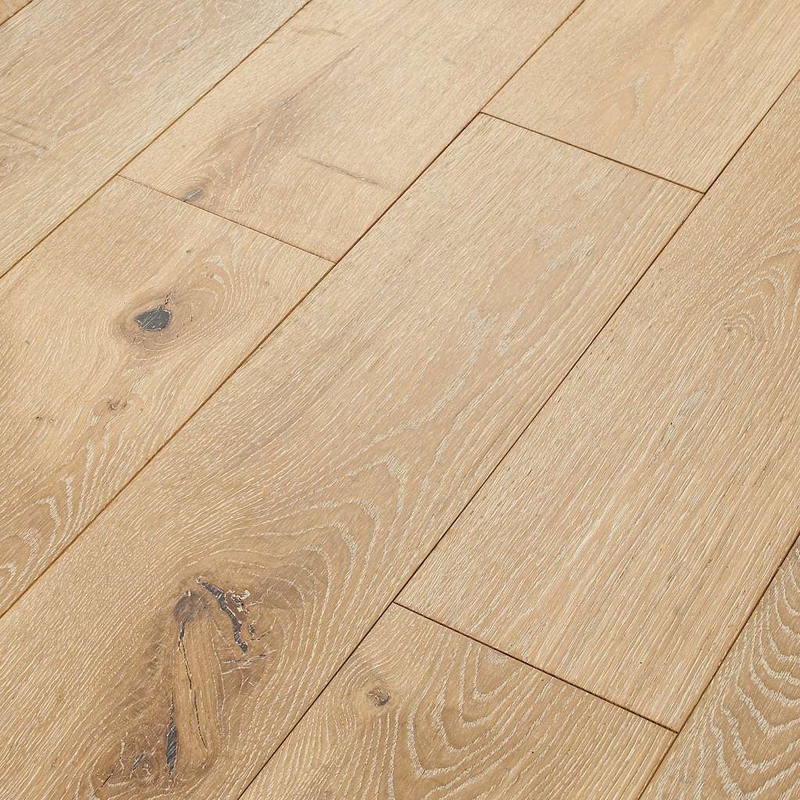 Is SPC better than laminate?
Is SPC better than laminate?
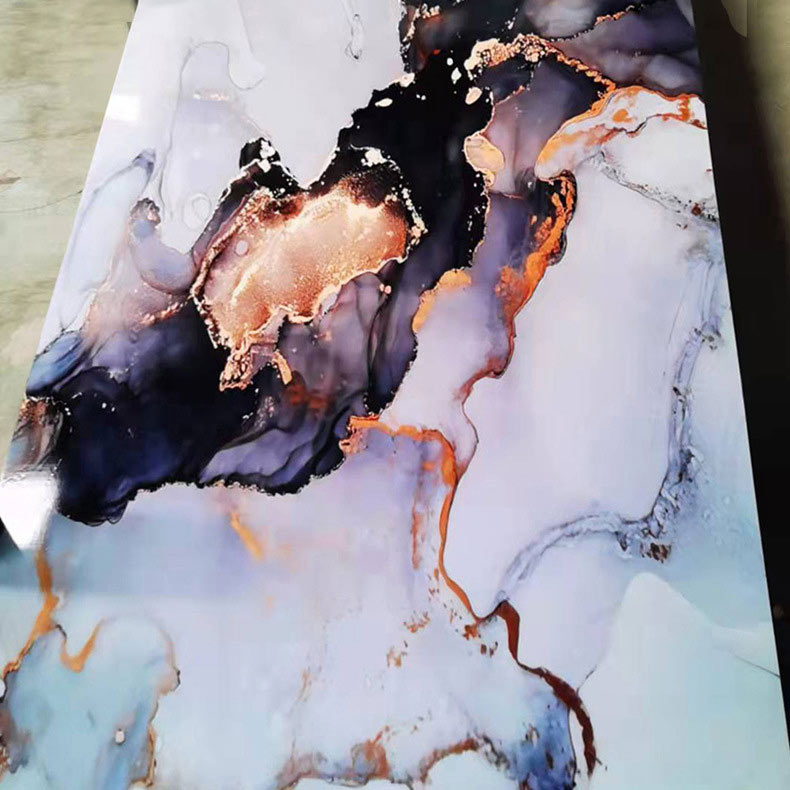 What is UV marble?
What is UV marble?

